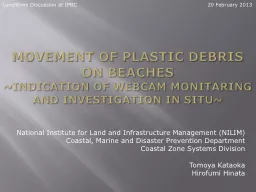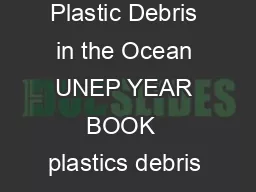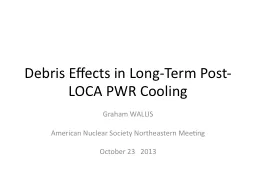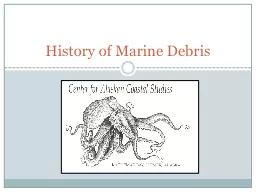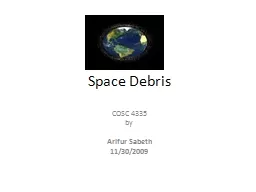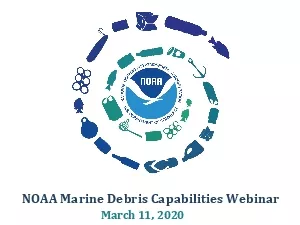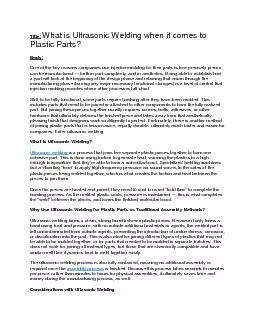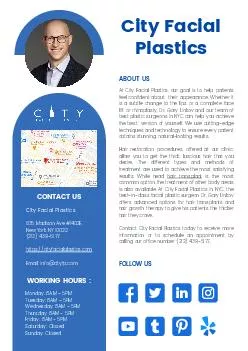PPT-Movement of plastic debris on beaches
Author : tatiana-dople | Published Date : 2016-02-18
indication of W EBCAM MONITARING A ND INVESTIGATION in situ National Institute for Land and Infrastructure Management NILIM Coastal Marine and Disaster Prevention
Presentation Embed Code
Download Presentation
Download Presentation The PPT/PDF document "Movement of plastic debris on beaches" is the property of its rightful owner. Permission is granted to download and print the materials on this website for personal, non-commercial use only, and to display it on your personal computer provided you do not modify the materials and that you retain all copyright notices contained in the materials. By downloading content from our website, you accept the terms of this agreement.
Movement of plastic debris on beaches: Transcript
Download Rules Of Document
"Movement of plastic debris on beaches"The content belongs to its owner. You may download and print it for personal use, without modification, and keep all copyright notices. By downloading, you agree to these terms.
Related Documents

